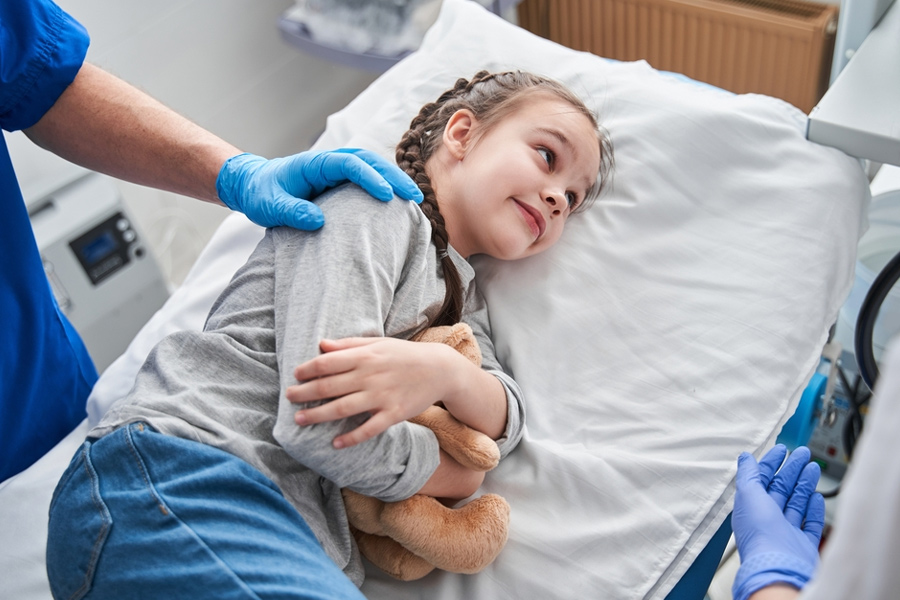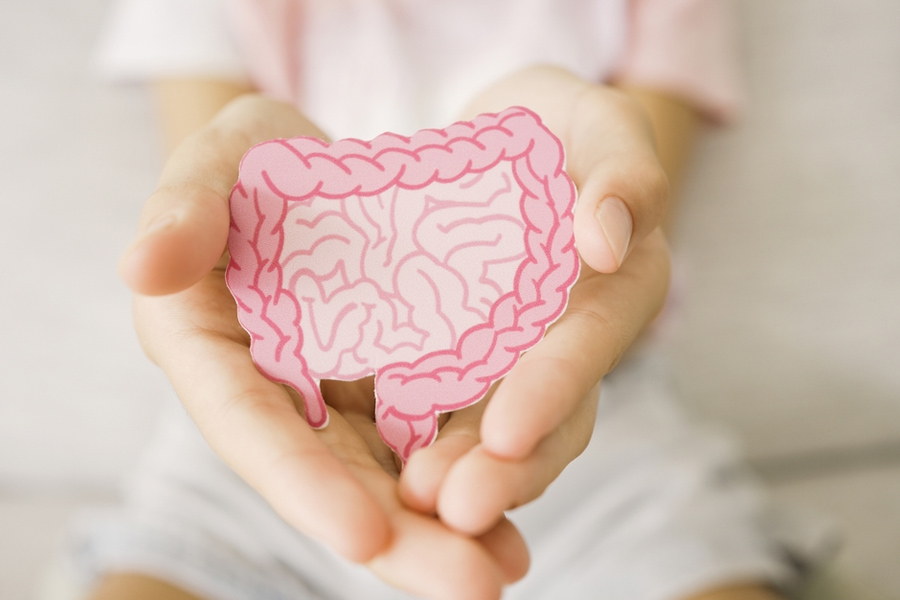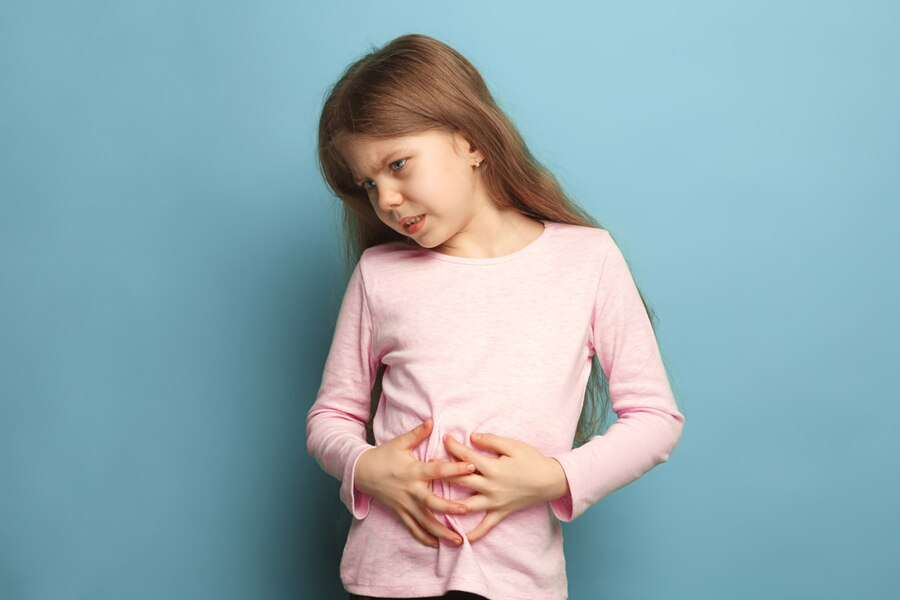
Endoscopy is a procedure that involves a doctor inserting a small, flexible tube down your throat to examine the upper digestive system. The idea of having a tube running down your body can be scary, but it is generally safe with very little discomfort. But then there is paediatric endoscopy, which involves children. Although safe and a common procedure that helps doctors diagnose and treat a child's digestive issues, it can be stressful not just for kids but also for parents.
Table of Content:-
In an interaction with the OnlyMyHealth team, Dr Mangesh Keshavrao Borkar, Consultant - Medical Gastroenterologist, Manipal Hospital, Kharadi, Pune, explains how paediatric endoscopy works, when it is required, and how parents can prepare their children for the same.
Also Read: Signs You Need An Endoscopy Right Away And How To Prepare For It
How Does Paediatric Endoscopy Work?

“A paediatric endoscopy is a medical procedure where an endoscope is placed in a child’s mouth to check their upper gastrointestinal tract. The endoscope device is a camera attached to a thin, flexible tube, through which the doctor can see inside the child’s oesophagus,” describes Dr Borkar, adding that the procedure usually takes around 20 minutes, and the child can go home the same day after the procedure is finished.
However, this procedure is vastly different from adult endoscopies, he notes.
Unlike most adults, children are usually kept under general anaesthesia or deep sedation, which ensures comfort and reduces the child’s anxiety. The doctor shares that the procedure is performed on adults who are given lighter or no sedation at all.
Additionally, the equipment used for paediatric surgery is smaller for infants and young children, like ultra-slim endoscopes. According to Dr Borkar, children are more prone to catching hypothermia during lengthy procedures as they are smaller and there is a higher surface-to-volume ratio, and in cases of neurologically impaired children, they are more sensitive to drugs, which requires careful medication.
When Is Paediatric Endoscopy Required?

According to research published in the journal Applied Sciences, paediatric endoscopy is done to diagnose or treat stomach and intestinal problems in children, such as coeliac disease, Inflammatory Bowel Disease (IBD), bleeding, or removing swallowed objects. It is best performed by doctors trained to work with children and skilled in endoscopy. Additionally, the child’s age, weight, medical history, and symptoms are important factors to consider, and special care is needed for children with blood clotting issues or other serious health conditions.
Paediatric endoscopy is required in children in case they experience:
Gastrointestinal problems: An endoscopy can be used to diagnose conditions such as growth issues, diarrhoea, bleeding, nausea, vomiting, and abdominal pain. Food or coin blockages in the oesophagus can also be removed via an endoscopy.
Issues with swallowing: Dysphagia (difficulty swallowing) and swallowing obstructions can be diagnosed using an endoscopy.
Consumption of foreign substances: Conditions such as swallowing chemicals, poisons, or foreign objects can be diagnosed with the aid of an endoscopy.
Stools with blood in them: Conditions like blood in the stool or persistently loose stools can be diagnosed with the aid of a colonoscopy.
Bowel inflammation: Ulcerative colitis and Crohn's disease can be diagnosed with the aid of a colonoscopy.
Coeliac illness: An autoimmune disease that can lead to nutritional malabsorption and minor intestinal damage.
Everything Parents Should Know About Paediatric Endoscopy

When it comes to paediatric endoscopy, parents should be aware of the risks and the benefits of the procedure for their children. Risks that may occur include complications like:
- Bleeding at biopsy sites
- Organ perforation, such as in the duodenum, oesophagus, or stomach
- Inhaling food or saliva into the lungs, also known as aspiration
- Obstruction of the duodenum
- Pancreatitis as an allergic response to anaesthesia
The endoscopic procedure has several benefits as well, such as:
- Painless procedure
- Quick recovery time
- Cost-effective
- No need to stay in the hospital, as endoscopies can be performed in a doctor’s office.
Endoscopies are generally painless, have a quick recovery time, and are cost-effective. They can be performed in a doctor's office, so there's often no need to stay in the hospital.
How Parents Can Prepare Children For Paediatric Endoscopy
To prepare a child mentally for an endoscopic procedure is crucial. One way to do this is by explaining the procedure to them in simple terms, says Dr Borkar.
He adds, “Children also fear separation from parents during the procedure, and parents being present while the child is being explained about the procedure or during giving anaesthesia will help relieve the anxiety for both the child and the parents. Child life professionals may also be able to offer additional support for children by teaching coping mechanisms to manage fear.
“Additionally, psychological preparation can be effective, which includes relaxation exercises or visual aids.”
“Physical preparation, on the other hand, requires following all instructions about fasting and medication changes. It is important that there is clear communication with the medical team for smooth and successful preparation,” the doctor notes.
Post-Procedure Care Is Crucial
Paediatric endoscopy is generally harmless and does not do any damage. However, ensure that the child is first able to drink liquids like water, apple juice, and ginger ale. Once they can drink without vomiting, they can move on to lighter food.
If there is any wound caused by the endoscope, it should be tended to carefully. It should be kept clean and dry. Children can be given Over-the-Counter (OTC) pain medication to help with the pain.
Additionally, they should also be well-rested so that their body heals. Activities can be gradually introduced into their lifestyle. Any activity that might harm the incisions, like jumping or rough play, should be avoided completely, the doctor recommends.
Also watch this video
How we keep this article up to date:
We work with experts and keep a close eye on the latest in health and wellness. Whenever there is a new research or helpful information, we update our articles with accurate and useful advice.
Current Version